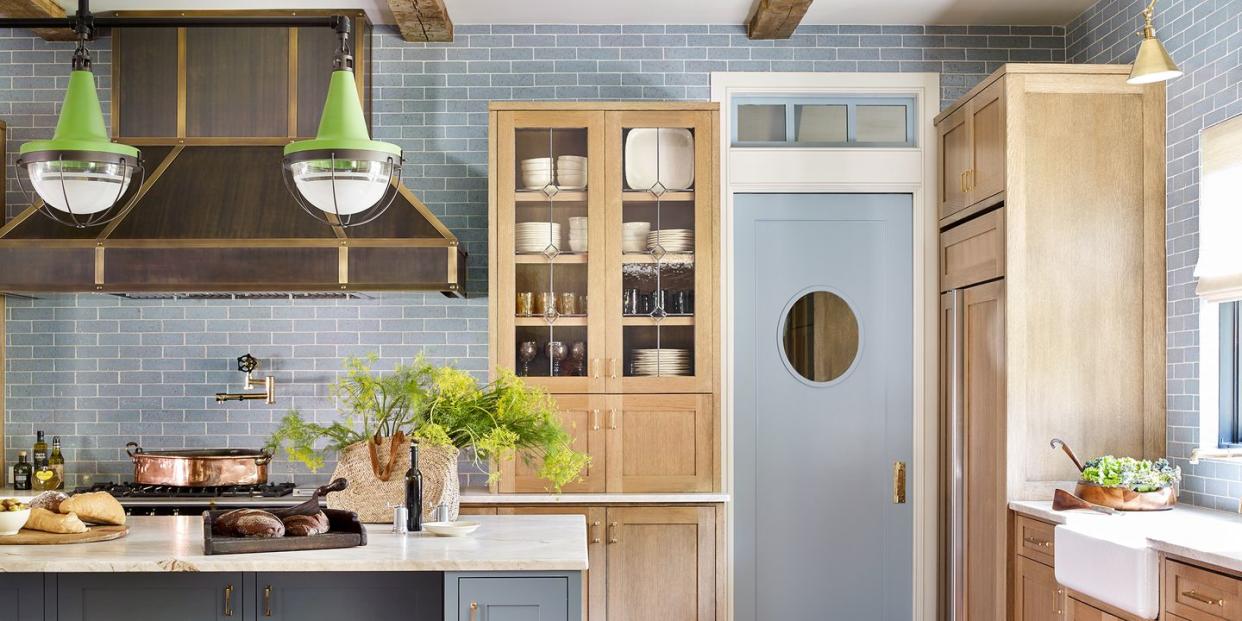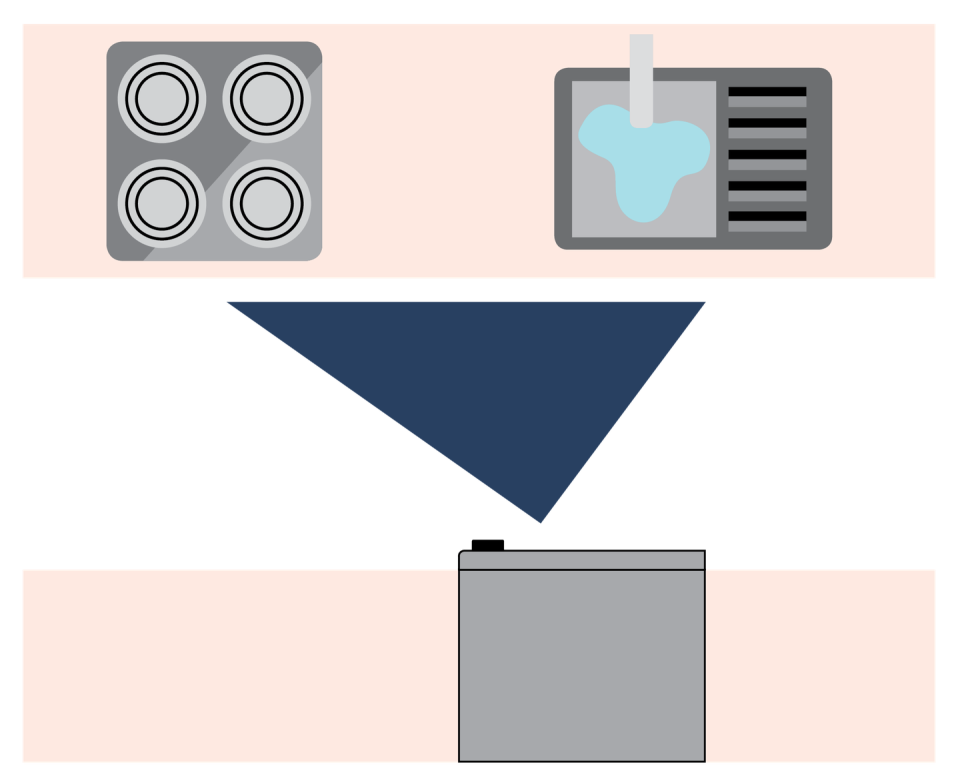Uncover the Right Kitchen "Zone" for Your Lifestyle

This story was originally published on 10/9/2019. It has been updated to reflect new information.
You've likely heard of the kitchen work triangle, arguably the most standard kitchen design rule when it comes to laying out your space. Dating back to the 1920s, it basically just describes the imaginary lines between the sink, cooktop, and refrigerator, the three primary workstations in any kitchen. So the kitchen work triangle is all about creating the ideal layout to enhance efficiency, regardless of the size or shape of your space.

And while there's definitely still some merit to it, the way we use kitchens has changed throughout the years, and thus, the kitchen work triangle has also evolved. More recently, leading kitchen designers like Matthew Quinn are breaking the kitchen into dedicated zones based on use-case to maximize function and versatility and to ensure that your space is perfectly tailored to your needs.

"Essentially, this concept of zones is a more blown-out iteration of the triangle kitchen rule. The whole idea is that these areas prevent people from being on top of each other in a high-traffic kitchen, and about laying it out in a way that boosts efficiency even further based on your specific lifestyle," says Carisha Swanson, House Beautiful's market director. For example, if you have a dedicated bar zone near the door to the dining room, entertaining will be easier because you won't have to cross the entire kitchen to reach it.

"If everything for more specific tasks—like baking or making coffee—is in one place, you’re able to do things more quickly," she adds. You can also think about it in terms of time zones, so your kitchen is mapped out with morning activities on one end, and then evening tasks on the other, with the central section being where the main cooking happens. Think of it as how you’re moving throughout the day, Swanson suggests. So again, while the kitchen triangle can still apply, this concept of zones takes things further and helps you lay out a larger space with more traffic (i.e. busy family kitchens or small kitchens with many housemates). Keep reading for six kitchen zone ideas that will keep you organized and help you figure out the best layout possible.
Coffee Making

Position a well-stocked coffee and tea shelf where groggy houseguests can locate it in the mornings (ideally, very near the breakfast table). Aside from caffeinated beverages, this can also be a pantry specifically for all those breakfast essentials, like cereal and a toaster.
Cooking

And now for the most important kitchen activity: cooking. Store cookware in a drawer beside the range (or directly beneath a cooktop). An inset shelf nearby can house oils, spices, and go-to essentials for easy access as you cook.
Baking

Consider a low counter for easy kneading (and use marble, which keeps buttery doughs cool). Dry goods can be corralled in a drawer or cabinet nearby. Keeping it close to the oven is also a good call, to prevent running back and forth.
Snacking

Life-changing tip: Store treats away from cooking areas, so kids can pop in without disturbing dinner prep. Similarly, designate a low refrigerator shelf or drawer for perishable snacks in that same zone.
Cleaning

Assemble cleaning sprays, detergent, trash bags, and other necessities in a cabinet—or a handy pull-out shelf, as kitchen designer Jim Dove suggests—near the sink. That's where you end up doing most of your kitchen cleaning.
Bartending

Put a well-stocked bar with all the glassware, booze, mixology tools, and other essentials in a nook close to the dining room, living room, or wherever you entertain guests when hosting a happy hour or dinner party.
Follow House Beautiful on Instagram.
You Might Also Like


